From The Austin 7 To The Tata Nano, The Song Remains The Same
Images: Deepanjan Sarkar
Just after the turn of the last century, and before the world had headed into what we now call The Great Depression, one of the most significant cars in automotive history was born: the Austin 7.

Eighty six years later, at the turn of the 21st century and when the world quite suddenly went into what we now call The Global Economic Downturn, another one of history’s most significant cars was born: the Tata Nano. But these temporal and economic coincidences aside, do the two cars share anything in common at all, separated as they are by eight-and-a-half decades of automotive evolution?
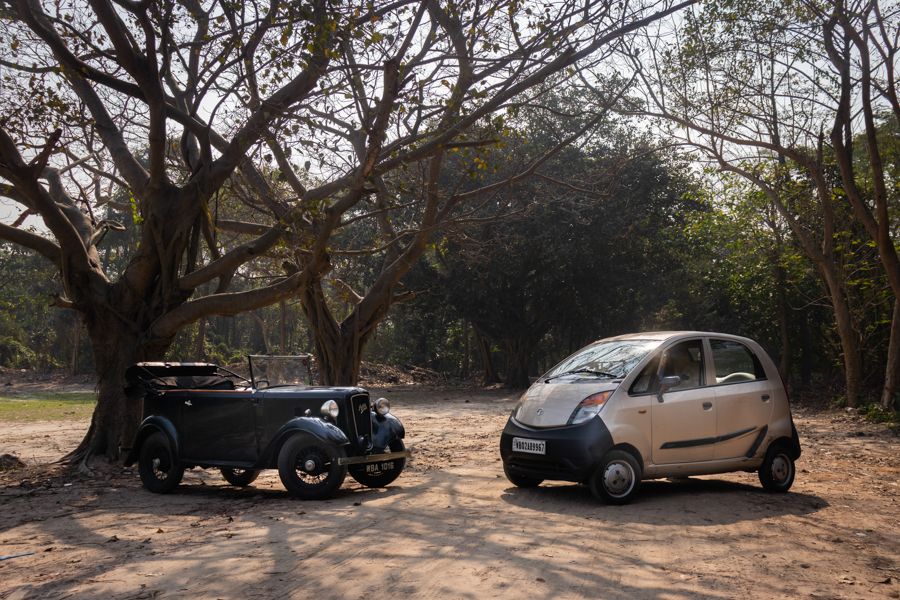
To answer this very and—dare I say intriguing—question, we at deRivaz & Ives decided to find out for ourselves. Luckily, access to a fairly authentic Austin 7 was easy since I have one. Strangely, getting hold of a Nano proved more difficult. Nonetheless, we found one thanks to the efforts of fellow historic automobile enthusiast Lieutenant Colonel Nitin Shreshtha who had put me in touch with his friend, luckily, a Nano owner.

On the face of it, chalk and cheese seem to be closer in relation than the 7 and the Nano. The tiny Nano looks fiendishly big next to my 7 and it’s pretty evident to even the most ignorant layman that while the Nano is a modern car built with modern technology, the 7 harks back to an era of smoky factories and hard, unsophisticated labour. Yet, to my mind, there’s a common thread running through both stories, stitching them together for all eternity.
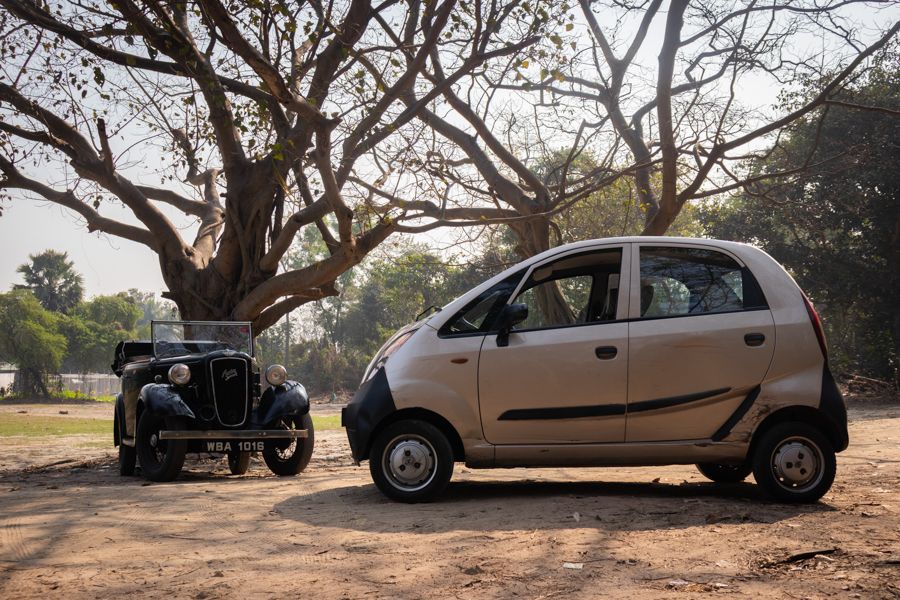
For theirs is the story of the people’s car. Fresh from the crucible of The Great War, England had little appetite for big and expensive automobiles. Yet, a need was felt for four-wheeled personal transportation. The answer came in the form of the Austin 7, designed by the talented Stanley Edge. The Nano was born more out of a personal desire, of Ratan Tata’s, to provide relatively safer (compared to two wheelers) transportation to people.

Both the Nano and the 7 are what you’d call super compact cars, even though the 7 you see in these pages isn’t the even more compact 7 that was launched in 1922—mine is a much later, and larger, 1938 model. Neither can seat more than four adults and neither came with any dedicated space for luggage. In both cases, they were designed for maximum thrift and are therefore very Spartan in their offer of comfort. To the extent that both make do with a single wiper! Admittedly though, the Nano’s oversized arm and blade arrangement is leagues ahead of the Austin’s tiny straight armed inverted wiper.
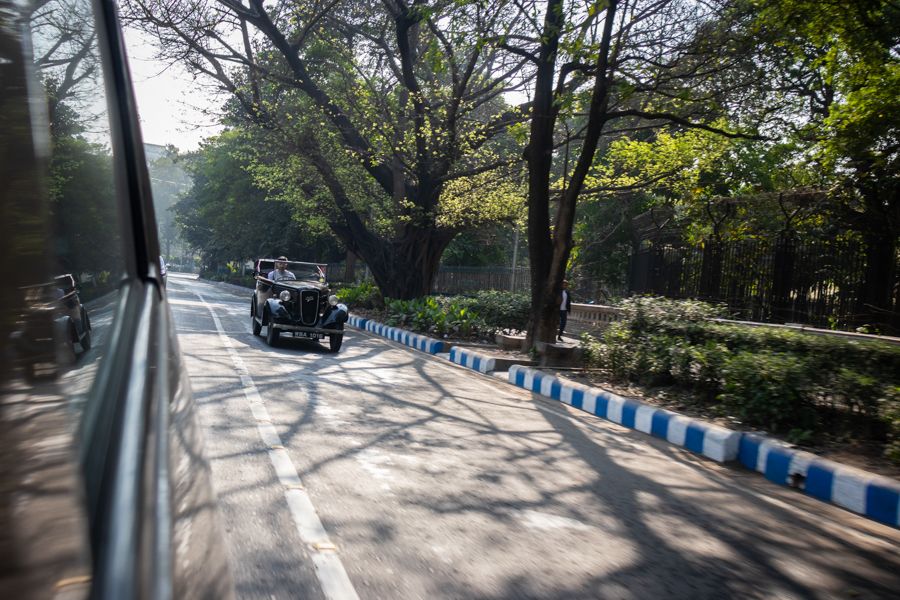
The Tata is also light-years ahead in its offer of cabin space. Where you can practically stretch out in the cabin of the Nano, a foetal position could be your friend if you take the Austin. From a pure convenience point of view I’d probably give the Austin an extra point for including a lockable glovebox (a later addition since the early models came without a lockable lid) and underseat storage, which is largely eaten up by a bunch of tools that I wouldn’t dare travel without. The Nano with its little fabric pockets hanging by the seats and the flat open shelf like dash, fails to impress on this count.

There are similarities in mechanical philosophies too. They both sport small capacity engines that were cheap to build and simple for easy maintenance. In the case of the Austin, power came from a 768cc four-cylinder petrol engine mated to a four-speed gearbox (originally it featured a three-speed transmission) while the Nano was powered by a 624cc twin cylinder petrol engine mated to a four-speed gearbox. To drive, both feel somewhat unrefined and in spite of the best efforts of Narendra Jain’s valiant counter balancer, the Tata engine isn’t exactly what you’d call smooth.
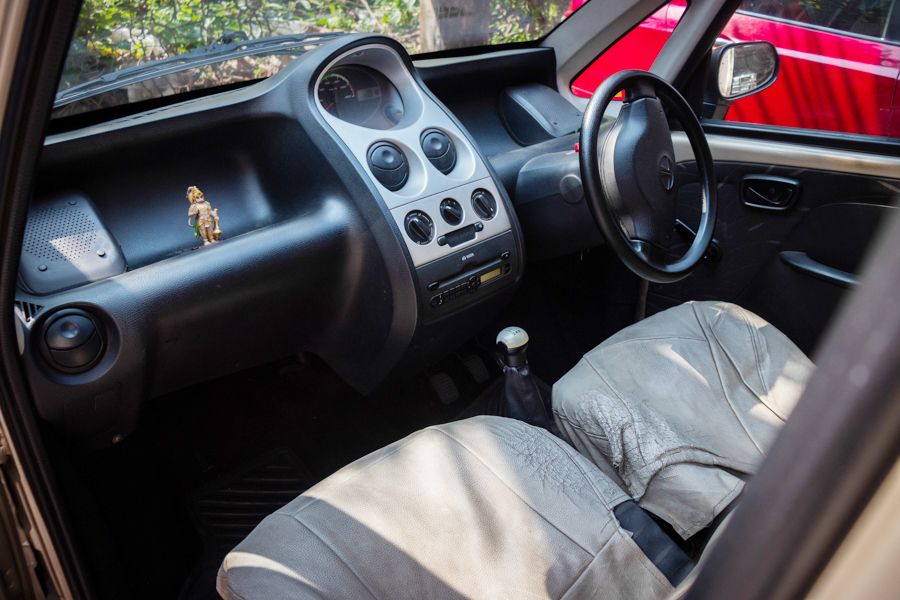
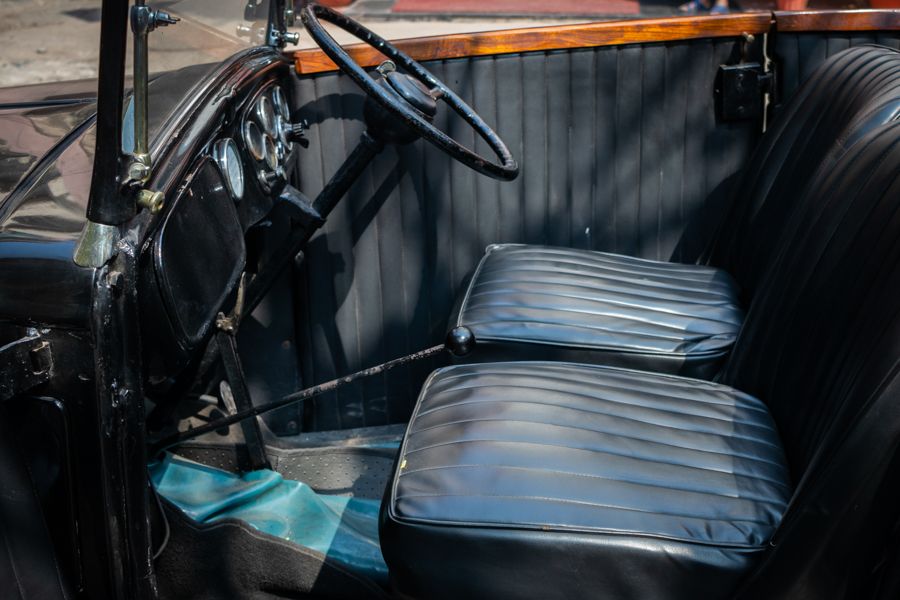
But it does the job it needs to do, which is to get you from point A to point B in relative comfort and with minimum demand for fuel. Much like the Austin engine that sips fuel and offers a fuel efficiency of around 8–10kmpl even today, and despite the rigid front axle, I’d reckon the Austin is plenty more comfortable than a Norton or a BSA or an Ariel of the same era.
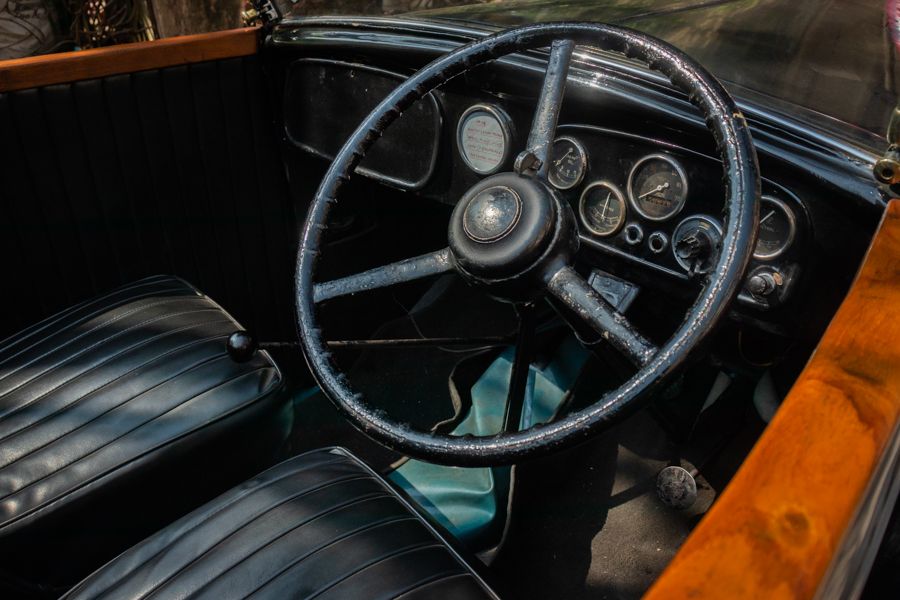
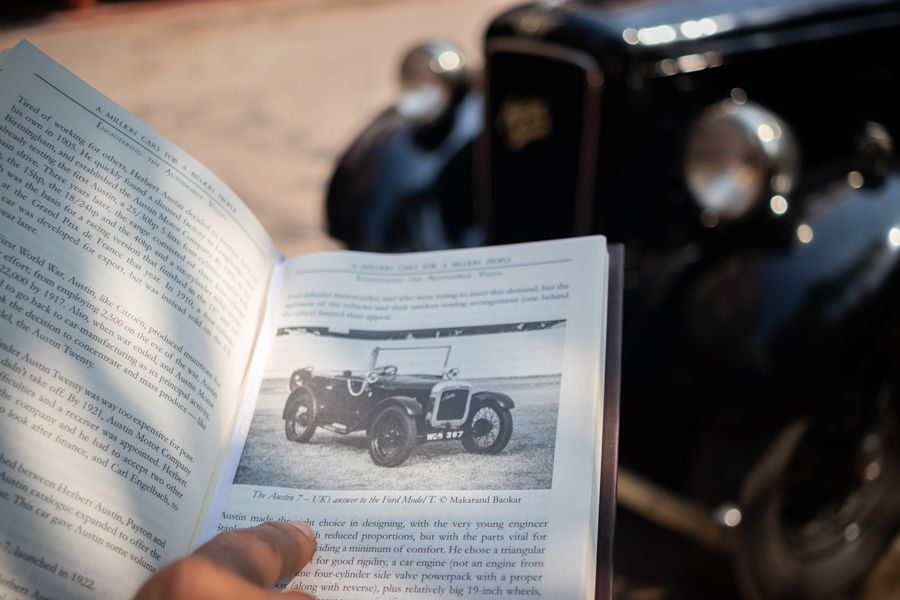

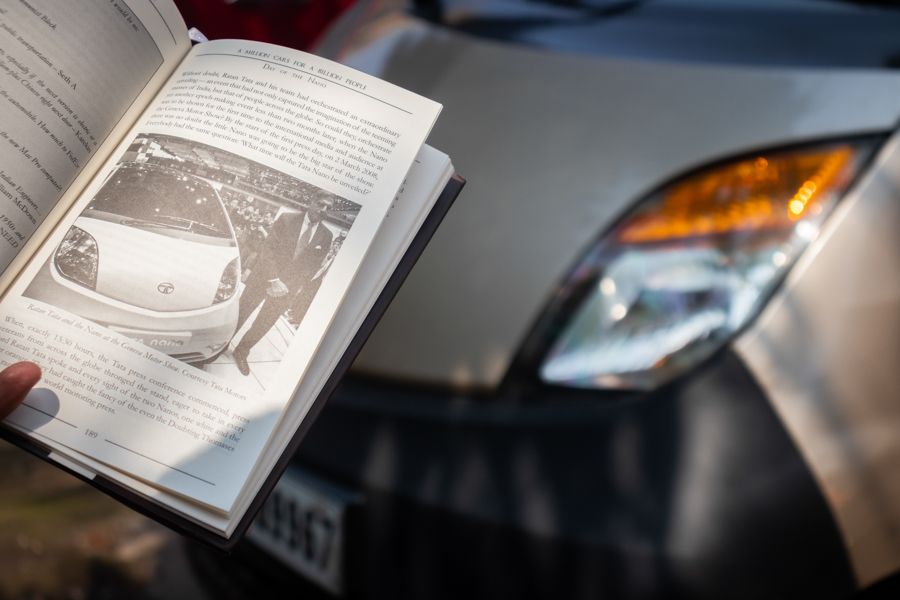
The question is how did we land up with this set of similarities? I suppose it all stems from that original desire to design an automobile that is essentially cheap to buy, easy to maintain, reliable (I remember driving a Nano through knee-high water levels in Delhi once while my uncle whose Austin this car used to be back in the day had done the same on the streets of Calcutta) and relatively comfortable.

One went on to become a runaway success and the other, a victim of poor marketing and therefore a commercial failure. The best sales it ever achieved was 74,527 units in 2011–2012 whereas by the end of production, around 290,000 Austin 7s had rolled off the line—a staggering number back in 1939.


What led to the success of one and the demise of another, even though the underlying philosophies behind the existence of these two cars are the same? Well, that could be the subject of an entirely different story but what doesn’t change is two things: first, both the Austin 7 and Tata Nano were masterpieces of automotive minimalism, their flaws notwithstanding; and second, they are both icons of automotive history.
Comments
Sign in or become a deRivaz & Ives member to join the conversation.
Just enter your email below to get a log in link.
